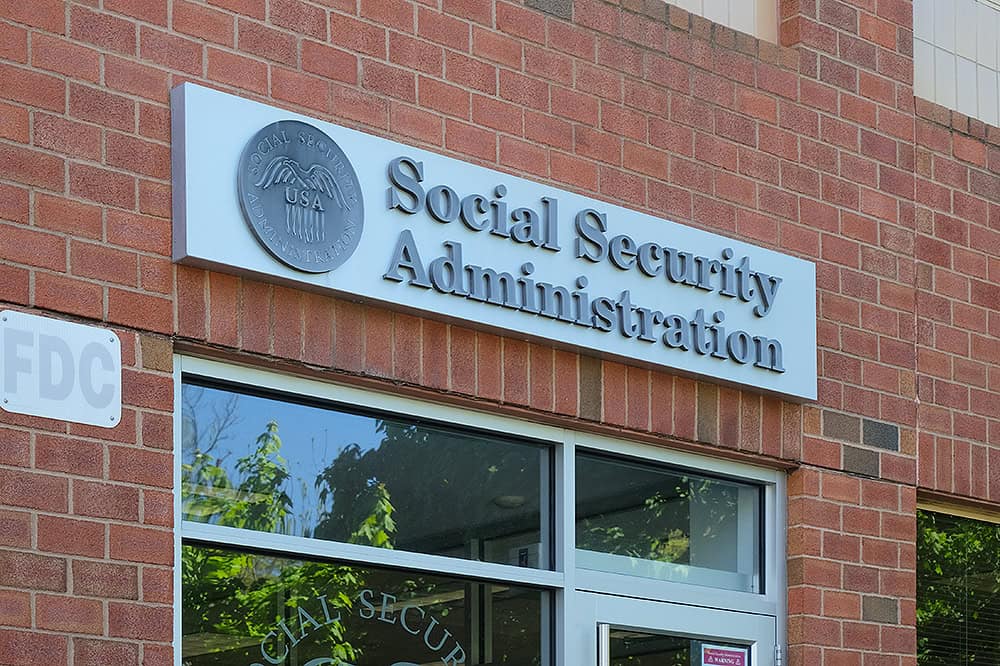Social Security Faces Serious Financial Shortfalls and Other Takeaways From the Trustees Report
Last Updated May 6, 2024
The Social Security Trustees released their annual report on the program’s trust funds, showing that the largest component of the federal budget is on an unsustainable path. Without reform, the Social Security Trust Funds will soon be depleted and unable to pay full benefits.
Below are the key takeaways from today’s report:
1. Social Security’s Old-Age & Survivors Insurance (OASI) Trust Fund would be depleted by 2033, at which point benefits would be reduced by 21 percent. The program’s Disability Insurance (DI) Trust Fund would not be depleted over the 75-year projection period. If the two trust finds were hypothetically combined, they would be exhausted by 2035 and lead to a 17 percent reduction in benefits at that point.
2. Social Security faces large and rising imbalances. Relative to the size of the economy, the combined annual cash shortfall for Social Security will climb from 0.6 percent of gross domestic product (GDP) in 2024 to 1.0 percent in 2035. Social Security faces a 75-year actuarial imbalance of 3.5 percent of taxable payroll, down from 3.6 percent as reported in last year’s report.
3. The program’s financial shortfall is caused largely by an aging population. As a result of the nation’s changing demographics, the number of workers contributing to the program is growing more slowly than the number of beneficiaries receiving monthly payments. In 1964, there were 4.0 workers per beneficiary; that ratio has dropped to 2.7 today and will continue to fall in the future.
4. Delaying reform to Social Security is costly. If lawmakers act soon to address the trust fund shortfalls, they will be able to phase in changes gradually and responsibly in a way that does not harm vulnerable populations. However, delaying reform would require larger changes to the program. If action is not taken until 2035, the tax increases or benefit reductions required to stabilize the program’s financing would be nearly 20 percent larger than if action were taken today.
Social Security is the largest single line item in the budget and a key driver of the national debt; it is also an essential component of our economy and society. If reforms are not enacted soon, recipients could see a large decrease in their benefits. Americans are united in their desire to avoid those automatic cuts, with 95 percent of voters believing it is important to elect lawmakers who are committed to strengthening Social Security. The leaders that voters elect this fall will face critical decisions in coming years about the future of Social Security, and the good news is that there are many available options to strengthen and secure the program.
Image credit: Photo by Spencer Platt/Getty Images
Further Reading
What Is the Farm Bill, and Why Does It Matter for the Federal Budget?
The Farm Bill provides an opportunity for policymakers to comprehensively address agricultural, food, conservation, and other issues.
Social Security Reform: Options to Raise Revenues
Here are the pros and cons for three approaches to increasing funds dedicated to Social Security.
Lawmakers are Running Out of Time to Fix Social Security
Without reform, the combined Social Security trust funds will be depleted in 2035.


